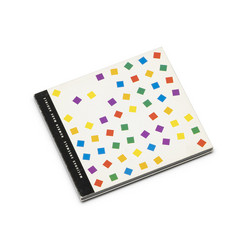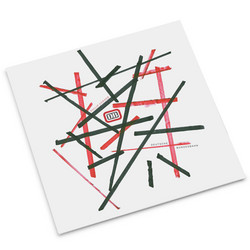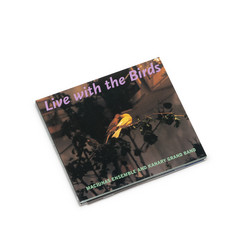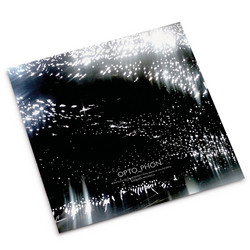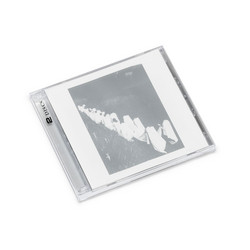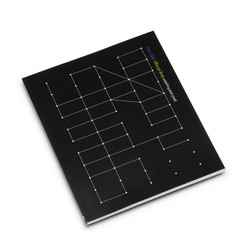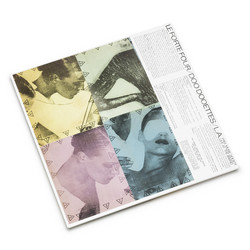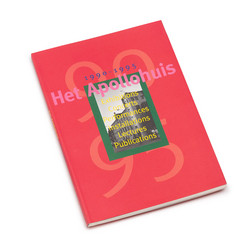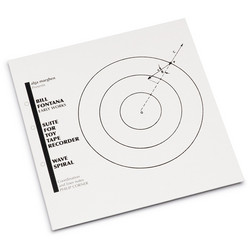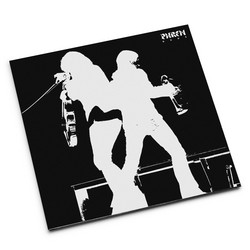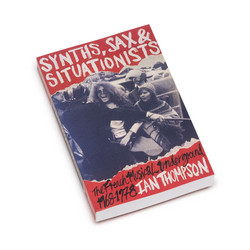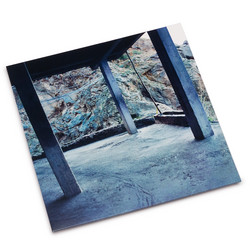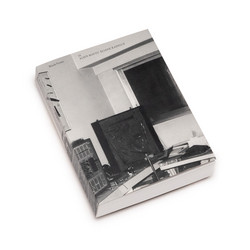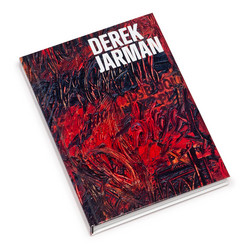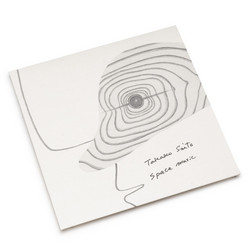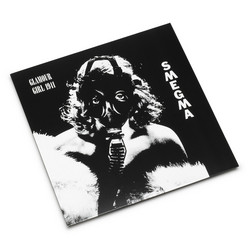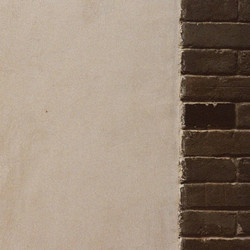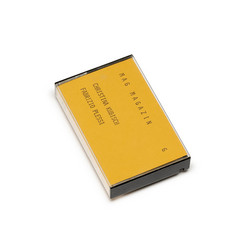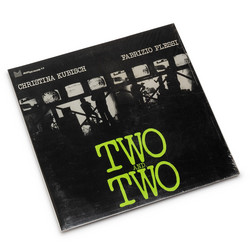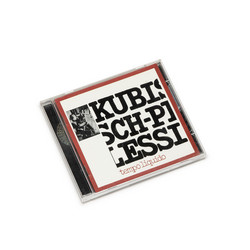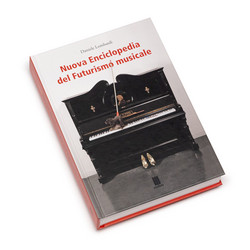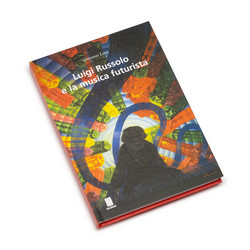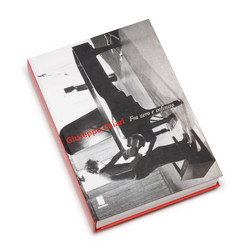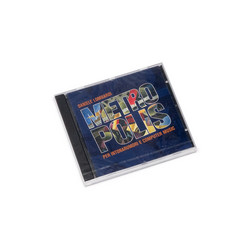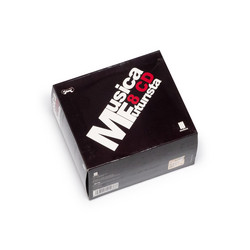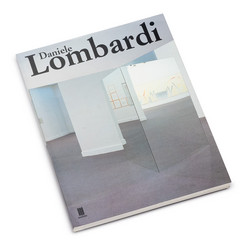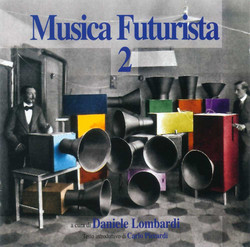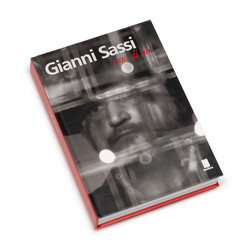Hardcover, 364 pages. English/Italian. Gli anni Settanta is a richly illustrated monograph dedicated to Fabrizio Plessi, one of Italy’s most innovative multimedia artists, focusing on his pivotal creative output during the 1970s. Edited by Marco Meneguzzo and part of the Fluid XXVII series (curated by Gino Di Maggio, Achille Bonito Oliva, and Daniele Lombardi), the volume is published by Fondazione Mudima and features texts in both Italian and English.
Within Gli anni Settanta, the collaboration with Christina Kubisch is given significant attention. Kubisch, a pioneering German composer and sound artist, began working with Plessi in the mid-1970s, forming one of the earliest and most influential partnerships between video art and sound experimentation in Europe.
The book documents several of their groundbreaking joint projects, most notably the cycle of “video concerts” such as Two and Two (1976–77), Tempo Liquido (1978), and Water Face (1979). These works combined live musical performance, unconventional objects, and video technology to create immersive, multisensory environments. For instance, in Two and Two, Kubisch and Plessi explored the four elements-water, earth, fire, and air-through both sound and image, using walls of monitors and live performance to blur the boundaries between audience and performer. In Tempo Liquido, they arranged monitors in a circle, inviting the audience into the center of the action, while Water Face used video and sound to explore the materiality and symbolism of water, with Kubisch’s voice and percussion forming the sonic core.
These collaborations, thoroughly discussed and illustrated in the book, highlight how Kubisch and Plessi’s partnership was pivotal in redefining the relationship between sound, image, and space in the context of 1970s multimedia art. Their work anticipated later developments in installation and performance art, and Gli anni Settanta situates these experiments as central to Plessi’s artistic evolution, while also recognizing Kubisch’s key role in shaping the era’s avant-garde dialogue.
Spanning 289 pages, the book explores Plessi’s radical experiments with drawing, installation, and especially video art-a medium he embraced for its ability to evoke the fluid, ambiguous qualities of water, a central theme in his research since 1968. Iconic works such as Acquabiografico (1973), Stringi acqua (1971), and Gabbia d’acqua (1972, first shown at the Venice Biennale) are examined alongside rare works on canvas, emulsified wood, and graph paper from 1969–1976. The volume also documents groundbreaking video installations like Crazy Pool (1977), in which monitors set inside a canoe animate a “virtual sea” within an empty swimming pool, highlighting Plessi’s ongoing dialogue between real and virtual, material and immaterial.
Gli anni Settanta offers an essential overview of a decade that defined Plessi’s artistic language, revealing his unique ability to merge image, sound, light, and movement in works that challenge the boundaries between art forms.
336 pages, hardcover, illustrated
